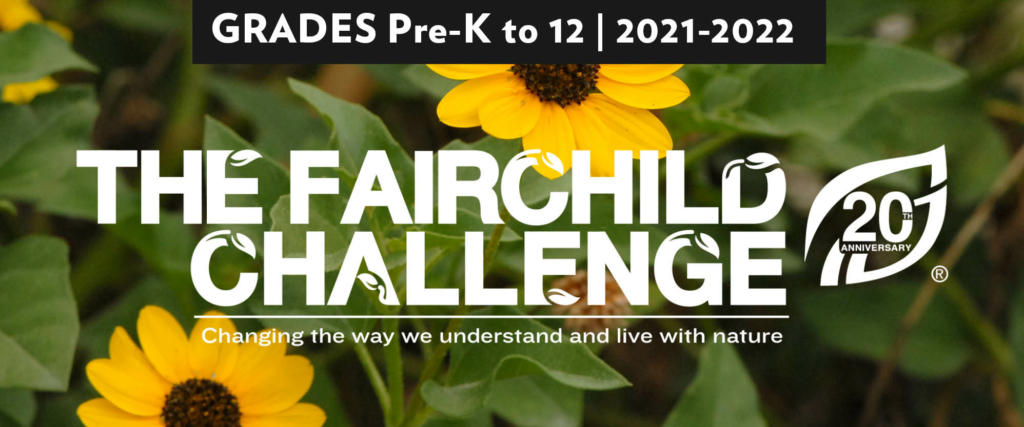WHAT IS THE FAIRCHILD CHALLENGE?
The Fairchild Challenge is an award-winning, interdisciplinary, environmental science competition, run by Fairchild Tropical Botanic Garden. The challenges are designed to engage students of diverse interests, abilities, talents and backgrounds to explore the natural world. For 2022-2023, Fairchild and NASA are collaborating on a national challenge to create the next mission patch.
NATIONAL CHALLENGE: THE NEXT NASA MISSION PATCH
Mission patches are a NASA tradition used to commemorate significant milestones in space exploration. Each patch is designed to highlight the purpose and goals of the mission. And now, NASA is looking for your help to create their next patch commemorating the “VEG-05” plant growth experiment where Red Robin tomatoes will be grown aboard the International Space Station. Your challenge is to design a mission patch that celebrates this historic experiment and write a brief explanation of your inspiration. The winning design will be chosen and reproduced by NASA.
THE CHALLENGE:
This challenge is a unique opportunity for our national participants to design the next mission patch that clearly exemplifies the VEG-05 experiment. Written description must include symbolism and design choices incorporated into the patch.
WHO CAN ENTER?
- The challenge is aimed at school age learners in grades PreK-12 and can be completed as an individual or as a group (up to 5 people).
- Entries must be submitted by a teacher associated with a public, private or homeschool or a supervising adult.
- Entries will be judged by NASA Scientists and staff, who share a common interest in food production in space.
- Maximum number of entries per school: 2
WHAT WILL HAPPEN TO THE ENTRIES?
Once the deadline has closed, we will review the entries, and the winners will be shared via our website and social media.
ENTRY SUBMISSION: Monday, November 28, 2022 to Sunday, December 4, 2022
Electronically submit the National Challenge Entry Form
- Uploaded PDF file to entry form includes (2 entries per school):
- Student 1: Combined PDF file (Design + Description)
- Student 2: Combined PDF file (Design + Description)
ENTRY REQUIREMENTS:
To enter you must complete the form provided above and attach your designed mission patch and written description. The saved single PDF file name must be titled “School Name_Student Name_National Challenge”. Your entry must meet the following requirements:
- Entry accurately depicts the next space plant experiments aboard the International Space Station
- One-page written descriptions includes story behind mission patch design and any symbolism used
- Artwork must be an original hand-rendered (2-D flat) design created by student
- Entry should be drawn on an 8.5 x 11 in sheet of paper (see details on evaluation sheet). Entry may be in black and white or color: in ink, pen, pencil, fine-point marker, or paint. Simple lines are best and avoid color gradients
EVALUATION CRITERIA:
For more information on how your submission will be evaluated, see National Challenge Evaluation Sheet
NATIONAL ACADEMIC STANDARDS:
This Challenge meets various national standards, visit National Challenge Benchmarks:
CHALLENGE RESOURCES:
Project Introduction by Dr. Gioia M., Plant Scientist at NASA Kennedy Space Center (video)
Project summary on VEG-05 (video)
Project details on ’Red Robin’ dwarf tomato plants and light levels (PDF)
BACKGROUND INFORMATION:
NASA: Growing plants in space
NASA: Veggie fact sheet
NASA: Veggie activate to growth system activated on International Space Station
NASA: Veggie Patch
NASA eClips: Our world: Mission patches
National Air and Space Museum: The meaning of mission patches
NASA: Mission patches
NASA: History: Mission patches
Space Center Houston: Colorful, creative, and iconic NASA mission patches



![nasa-logo-web-rgb[1] nasa-logo-web-rgb[1]](https://fairchildgarden.org/wp-content/uploads/2020/06/nasa-logo-web-rgb1.jpg)